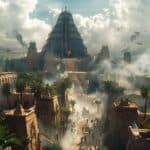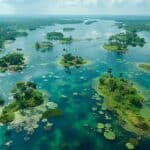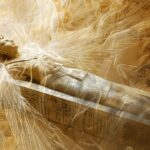
The Pyramid, the cross and the Garden of Eden
The pervasive reverence for the Cross, the myth of the Garden of Eden, and the construction of pyramids across ancient civilizations point to a shared cultural memory and religious symbolism

The God Odin, Woden, or Wotan
It is plausible that the Scandinavian Olympus was Atlantis. Odin is depicted as a grave, elderly man with a long beard, carrying a spear, and accompanied by two dogs and two ravens
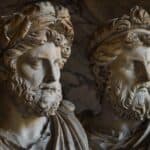
The Gods of the Phoenicians also kings of Atlantis
Not only were the gods of the Greeks the deified kings of Atlantis, but we also find that the mythology of the Phoenicians was drawn from the same source.
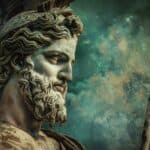
The kings of Atlantis become the Gods of the Greeks
The Greeks converted the kings of Atlantis into their gods and depicted Atlantis as the heaven of the human race.
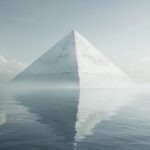
Ad-, Atl-, At-, Atlantis
In exploring the mythologies of ancient civilizations, we find recurrent references to a mysterious and ancient civilization, often interpreted as Atlantis.

Artificial Deformation of the Skull
The practice of artificially deforming the skull was prevalent among various ancient civilizations on both sides of the Atlantic Ocean.
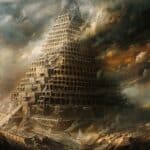
Genesis Contains a History of Atlantis
the story of the Deluge plainly refers to the destruction of Atlantis and that it agrees in many important particulars with the account given by Plato.
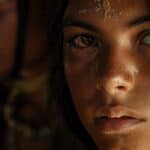
American Evidences of Intercourse with Europe or Atlantis
Given that the indigenous American populations are generally beardless, the depiction of bearded individuals raises questions about their origin.
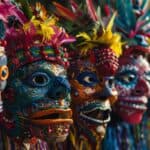
The Annals of the CakchiQuels
The city of the sun god, Tulan or Tonatlan, as the place of their origin, of the land Zuiva and of the Nonoalcos
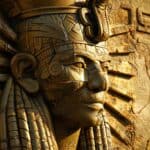
The Identity of the Civilizations of the Old World and the New
Simularities in architecture, metallurgy, sculpture and painting, engraving, agriculture, navigation, manufactures, music, weapons, religion and beliefs.

Conclusions of the Great Flood story
The land destroyed by water was the country in which the civilization of the human race originated.
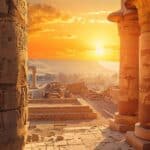
Civilization – A shared Origin
Material civilization is defined as the culmination of inventions and discoveries that allow humans to improve their condition and control nature for their benefit.
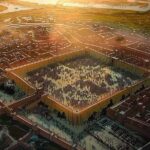
Chimor – Chan Chan
Captains including voyages around the country of the Afrites, trading missions to Chimu and Khemi, and encounters with unknown vessels.
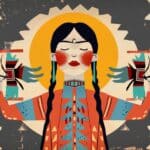
Changing Woman
Changing Woman launched a boat with a group of people and sailed west into the big water, but after four days, she said they must return because she had forgotten something. She gave us seven ceremonies called the Beauty Way ceremonies.

The Fourth Root Race
Over a million years, the Manu meticulously bred the new race, achieving the red-brown Toltec sub-race known for its splendor.
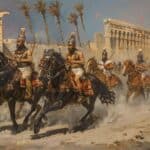
Beginning of the 5th Root Race
Lord Vaivasvata Manu began selecting individuals for the fifth Root Race. This was the first step in a long process of choosing the best candidates for developing this race.

Turanian, in Ancient Chaldaea.
The planets themselves were not believed to influence human affairs directly. Instead, the solar system was seen as one great being, with each part representing different aspects of it.
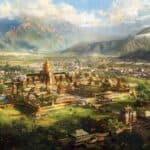
Atlantean Peruvian Civilization
In the thirteenth millennium B.C., the civilization of Peru closely resembled that of the Toltec Empire at its peak.

The Civilisation of Atlantis
Mr. Scott-Elliot describes the famous City of the Golden Gates as surrounded by a beautiful, park-like landscape dotted with villas of the wealthy.
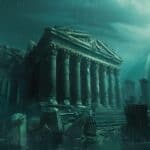
The Destruction of Atlantis
Ignatius Donnelly (1831-1901) was an American politician, writer, and amateur scientist. He is known for his diverse interests and contributions in several fields, including politics and history
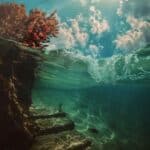
To Gaelic Tír fo Thuinn was an advanced civilization
Father Seán ÓLaoire explains that, according to Gaelic mythology, Atlantis, or Tír fo Thuinn (the Land Under the Waves), was an advanced civilization that sank under the Atlantic Ocean.
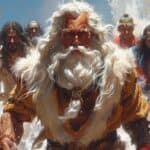
Germanic Mythology and Ancient Civilizations
Rudolf Steiner’s on the roles of Hyperboreans, Lemurians, Atlanteans, and Nordic initiates.
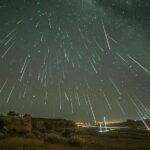
Atlantis – Taurid meteor shower
Approximately 12,800 years ago was approaching the end of the days of the Atlantis civilization
The Akitu festival was celebrated twice a year in ancient Mesopotamia, most notably at the beginning of the Babylonian calendar’s first month, Nisannu (March-April), and again in the seventh month, Tashritu (September-October).
Ivan, a young hero from a small village, sets out on his quest after hearing the elders speak of the mystical Alatyr stone, which grants wisdom and power to its possessor.
The Peach of Immortality, also known as the Peach of Longevity, is a significant element in Chinese mythology, particularly within Daoist traditions.
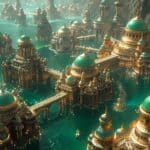
The myth of a sinking city
The myth of a sinking city, particularly in Chinese folklore, is often associated with the legendary city of Yingzhou, also known as the City of Immortals.
Ibn Wahshiyya claimed that he translated it from a 20,000-year-old Mesopotamian text.

Birth of a New Humanity
The story is shared from the viewpoint of ancient Egyptian knowledge, contrasted with Mayan insights, although it incorporates global spiritual traditions
Different methods of initiation used in post-Atlantean mysteries are detailed, including how they evolved up to Christian times.
